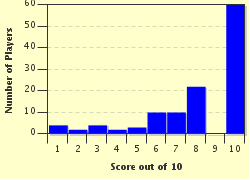Quiz Answer Key and Fun Facts
1. The city is one of its country's three capitals and is also known as the "jacaranda city".
2. Situated in west Africa, this modern purpose built capital city's most notable feature is Aso Rock.
3. Also called "Misr", this capital is one of Africa's largest cities and is close to many ancient wonders.
4. Lying along the shore of Lake Victoria and built on seven hills, this capital is home to the first Baha'i temple in Africa.
5. This east African capital's name means "new flower" in Amaharic and is home to the African Union.
6. This southern African capital's name means "windy corner" in Afrikaans and it is home to the "Alte Feste"(Old Fort)
7. The capital of this landlocked country lies close to the Notwane river and is also home to the fictional detective Precious Ramotswe.
8. Situated on the coast of the Atlantic Ocean this city is the largest Portuguese speaking capital in the world.
9. This east African capital lies on the eastern edge of the Rift Valley and is known as the "Green City in the Sun".
10. This north African capital is a UNESCO World Heritage Site and is home to the Hassan Tower.
Source: Author
KayceeKool
This quiz was reviewed by FunTrivia editor
spanishliz before going online.
Any errors found in FunTrivia content are routinely corrected through our feedback system.

